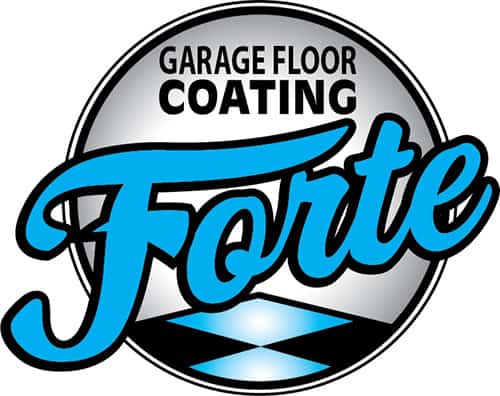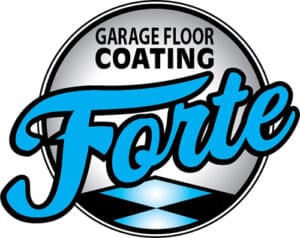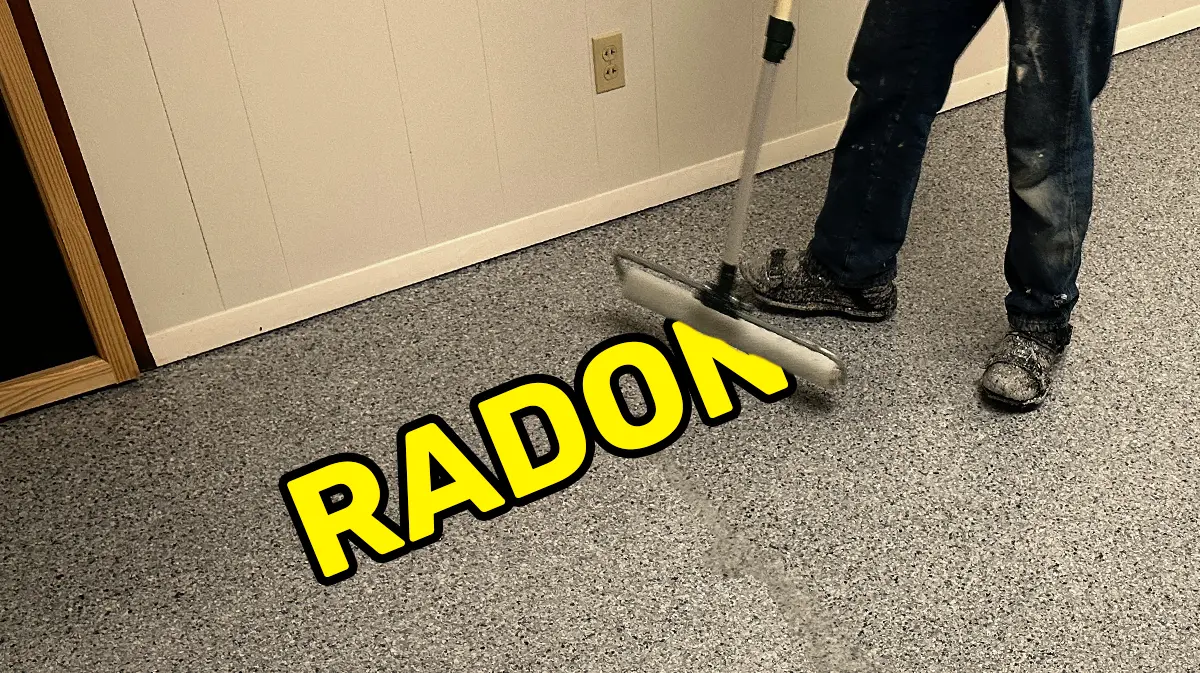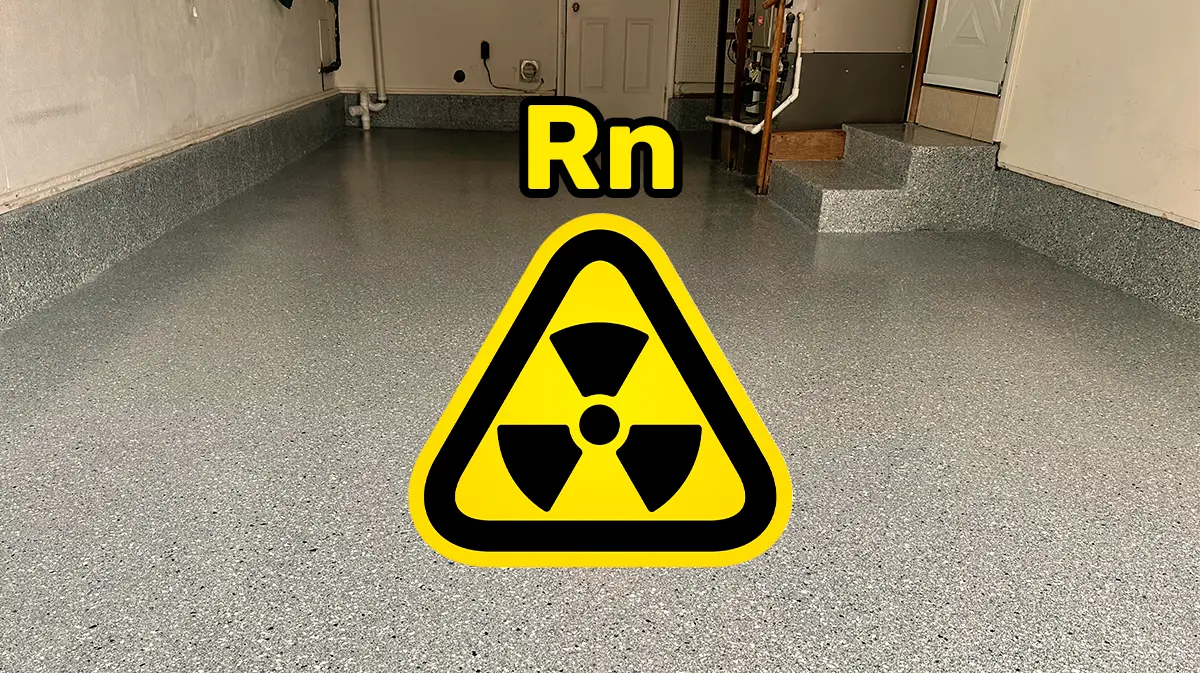Homeowners in the Akron and Cleveland area face unique challenges when it comes to maintaining a healthy living environment. Two of the most pressing concerns are the presence of radon gas and the issue of musty basements, both of which can significantly impact your home’s safety and air quality. Understanding these issues and knowing how to address them is key to keeping your home safe and comfortable. Epoxy floors is one solution.
Why is Radon a Threat?
Radon gas is a silent threat that can easily go unnoticed in many homes across Ohio. This invisible, odorless, and radioactive gas seeps through cracks in the foundation, entering your living spaces without you even knowing. Radon exposure is the second leading cause of lung cancer in the United States, making it a serious concern for any homeowner.
Homes in the Akron and Cleveland area are particularly susceptible to radon due to the region’s geological makeup. The lower air pressure inside homes creates a vacuum effect, drawing radon gas from the soil into your house. This process is exacerbated by common household activities such as running exhaust fans, air exchangers, or dryers, which lower the air pressure even further, pulling in more radon.
Taking Action: The first step in protecting your home from radon is testing. Radon test kits are readily available and should be used to detect the presence of this gas. If radon is found, it’s essential to hire a professional to install a radon mitigation system. These systems work by reversing the pressure differential between your home and the surrounding soil, effectively preventing radon from entering the home.
Dealing with Musty Basements
Musty basements are another common issue in the Akron and Cleveland area, often stemming from moisture vapor emission through the concrete slab. This moisture can lead to a host of problems, including the formation of visible dark spots, efflorescence (white salt deposits), and, in severe cases, concrete failure.
Moisture in the basement doesn’t just damage the structure of your home; it also contributes to poor indoor air quality. This issue is particularly problematic in basements, where the combination of high humidity and lack of ventilation can lead to the growth of mold and mildew. Over time, this can result in an unpleasant odor that permeates the entire house and can be difficult to eliminate.
Taking Action: Addressing moisture issues in your basement is crucial. One of the most effective ways to do this is by sealing your basement floors with an epoxy coating. This creates a barrier that prevents moisture from seeping through the concrete, reducing the risk of mold growth and efflorescence. By controlling moisture, you not only protect your home’s structure but also improve the air quality in your living spaces.
The Connection: Sick Building Syndrome
Both radon gas and moisture issues can contribute to a larger, more insidious problem known as Sick Building Syndrome (SBS). SBS refers to a situation where occupants of a building experience health issues that seem to be linked to the time spent inside, but no specific illness or cause can be identified. Common symptoms include headaches, dizziness, respiratory issues, and fatigue—all of which can be exacerbated by the presence of radon and mold caused by basement moisture.
In Akron and Cleveland, where both radon and moisture are real issues from time to time, addressing these problems is about safeguarding your health. By taking steps to mitigate radon and control basement moisture, you reduce the risk of SBS and ensure that your home remains a healthy place to live.
Conclusion: A Comprehensive Approach to Home Safety
Maintaining a safe and healthy home environment in the Akron and Cleveland area requires a comprehensive approach that addresses both radon and moisture issues. By understanding the risks and taking proactive measures—such as testing for radon, installing mitigation systems, and sealing basement floors with epoxy coatings—you can protect your home and your family from these hidden dangers.
For more information on how to safeguard your home or to schedule a professional consultation, contact our team today. We’re here to help you create a safer, healthier living environment.



